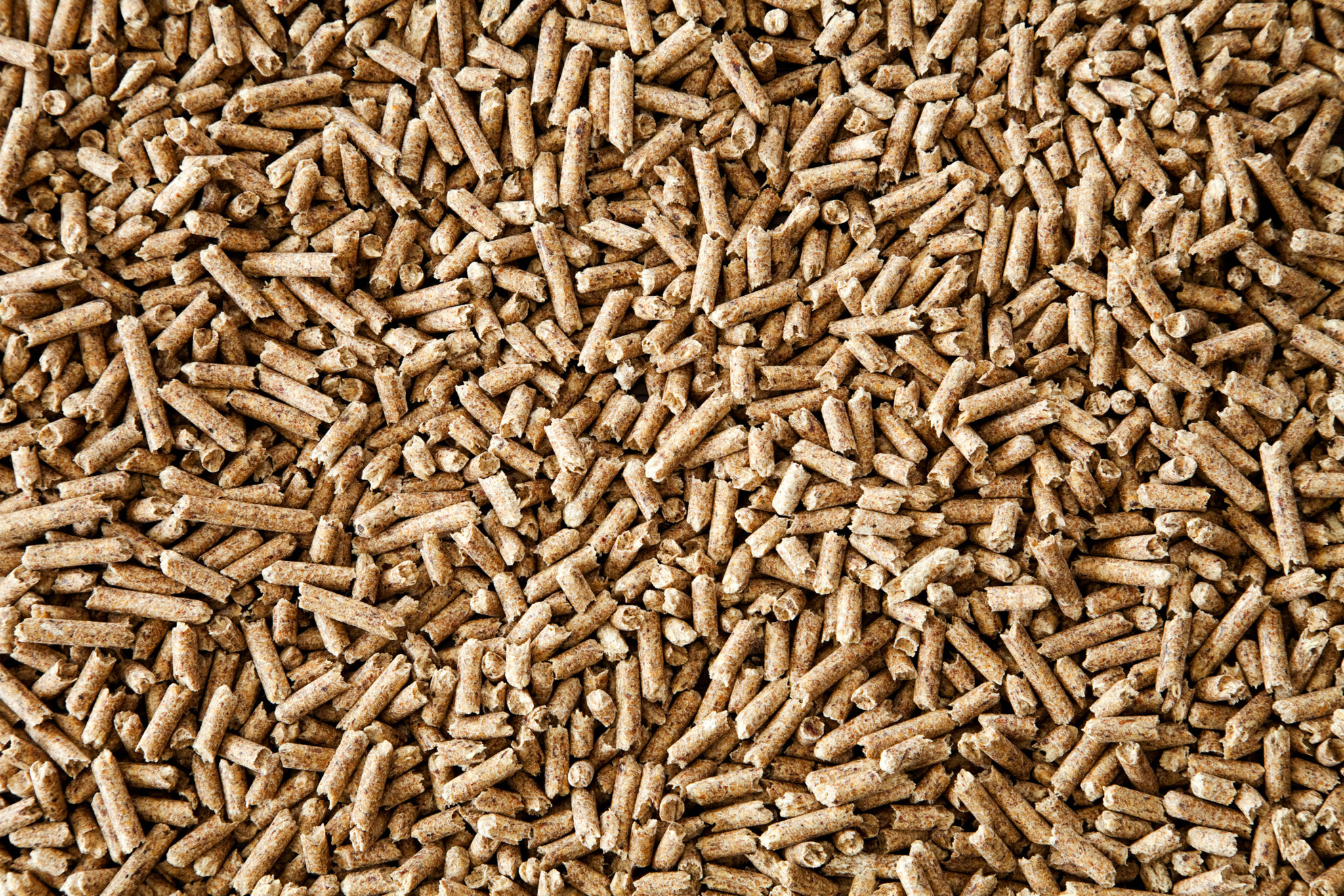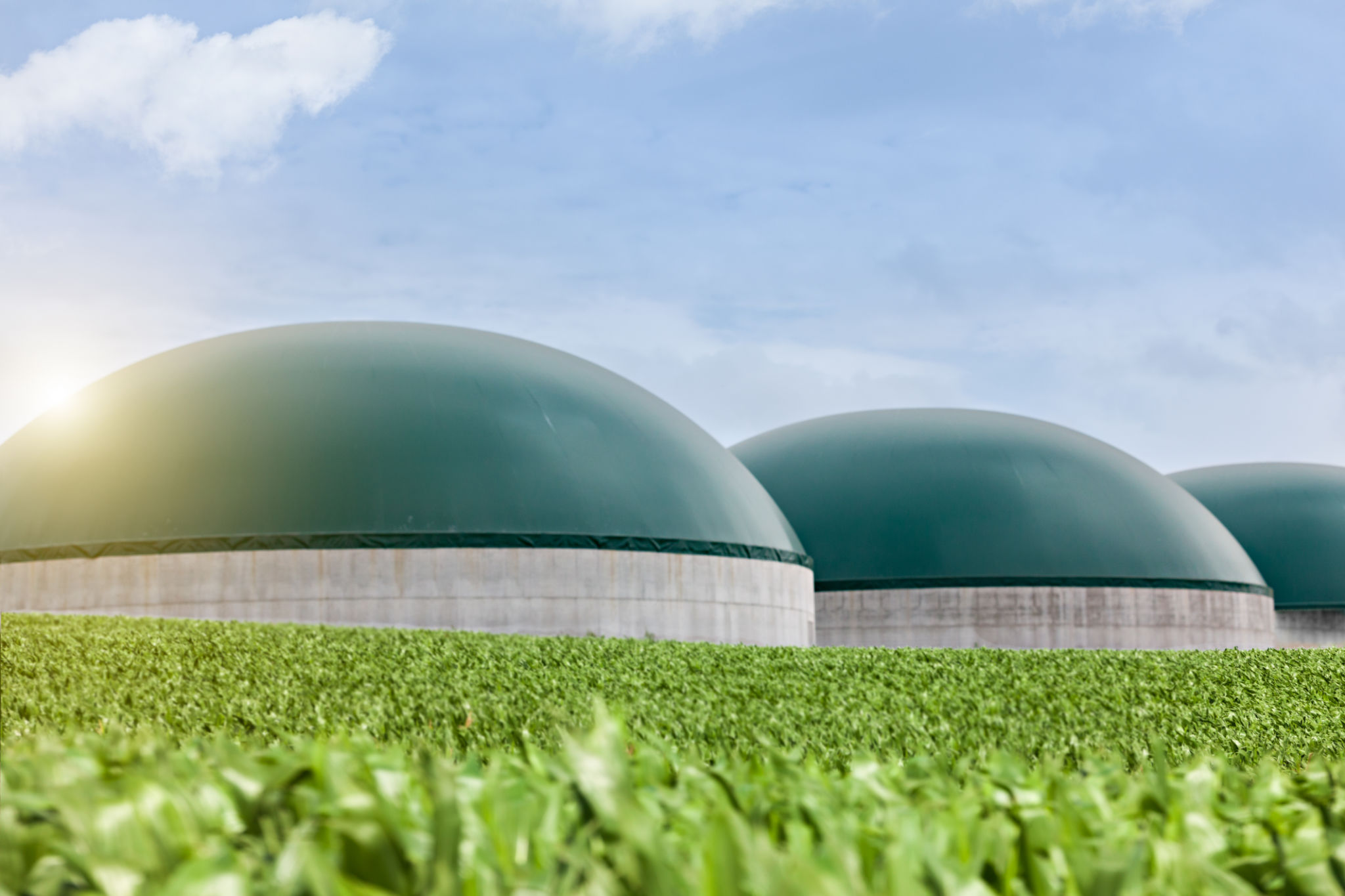Biomass Fuel Options: Choosing the Right Type for Your Needs
As the world increasingly turns to sustainable energy solutions, biomass fuels have emerged as a viable alternative to fossil fuels. This renewable energy source is derived from organic materials and offers a way to reduce carbon emissions while utilizing waste products. However, with various types of biomass fuels available, selecting the right option for your needs can be challenging. This guide will help you navigate through the different biomass fuel options and make an informed decision.
Understanding Biomass Fuels
Biomass fuels are produced from organic materials such as plant residues, animal waste, and other biological substances. These materials can be converted into energy through combustion, fermentation, or gasification. The process not only generates energy but also utilizes materials that would otherwise contribute to waste.
Biomass fuels are considered carbon-neutral because the carbon dioxide emitted during combustion is offset by the carbon dioxide absorbed by plants during their growth. This balance makes biomass a sustainable energy option, reducing our reliance on non-renewable resources.

Types of Biomass Fuels
Choosing the right biomass fuel depends on several factors, including availability, cost, and specific energy needs. Here are some popular biomass fuel options:
Wood and Wood Residues
Wood remains one of the most common forms of biomass fuel. It includes logs, chips, pellets, and sawdust. Wood residues from forestry and wood processing industries are also widely used due to their abundance and cost-effectiveness. Wood pellets, in particular, are favored for their high energy density and ease of handling.

Agricultural Residues
Crops like corn, wheat, and rice produce significant amounts of residues such as stalks and husks. These residues can be processed into biomass fuels that are ideal for use in rural areas where agriculture is prevalent. Utilizing agricultural residues helps farmers reduce waste and generate additional income.
Animal Waste
Animal manure, particularly from livestock farms, can be converted into biogas through anaerobic digestion. Biogas is a clean-burning fuel that can be used for heating, electricity generation, or even as a vehicle fuel. This method of biomass utilization also reduces methane emissions from decomposing manure.

Selecting the Right Biomass Fuel
When choosing a biomass fuel, consider the following factors:
- Availability: Ensure the biomass source is readily available in your area to minimize transportation costs.
- Cost: Evaluate the overall cost, including production and transportation, to find an economically viable option.
- Energy needs: Determine your specific energy requirements to choose a fuel type with suitable energy output.
It's also important to assess the environmental impact of each option. While all biomass fuels are more sustainable than fossil fuels, some may have lower emissions or better land-use efficiency.
Conclusion
Biomass fuels offer a promising route towards a more sustainable energy future. By understanding the different types of biomass fuels and considering factors such as availability, cost, and energy needs, you can choose the right type for your specific requirements. As technology advances and more efficient conversion methods emerge, biomass is poised to play a critical role in reducing our carbon footprint.